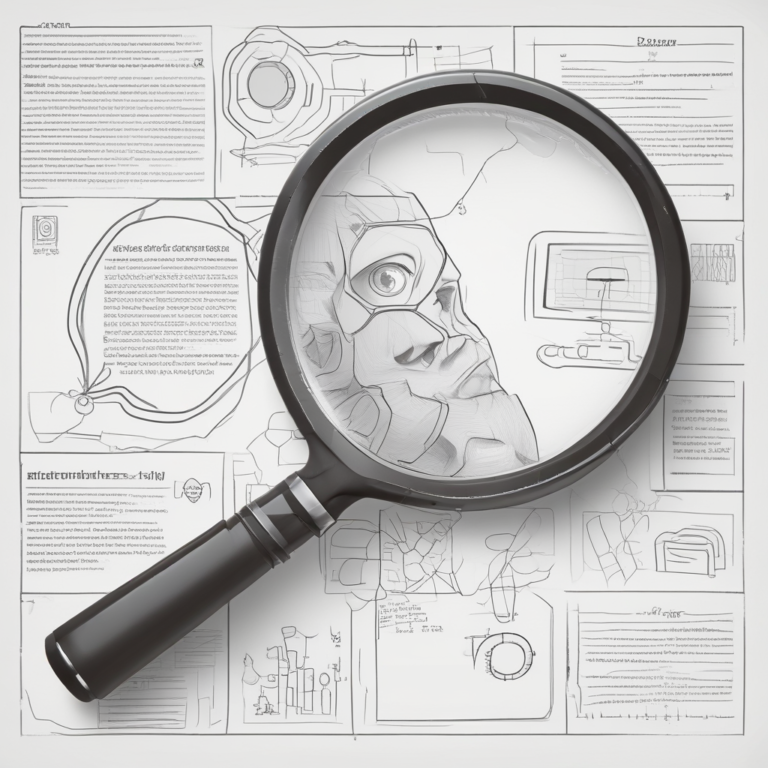The AI-driven Company: Regulatory Compliance Challenges
The rise of AI technologies has brought significant advancements across various sectors. However, the regulatory compliance challenge poses a considerable obstacle for companies aiming to adopt AI solutions. Many organizations are hesitant to fully embrace these technologies due to the complexities and uncertainties surrounding compliance with existing regulations.
The Regulatory Burden
In Europe, the landscape of regulations is vast, with companies needing to navigate between 250 and 300 rules, acts, and regulations to operate successfully. The emergence of new regulations, such as the GDPR and the Data Act, has only intensified this burden. The impending implementation of the AI Act and Cyber Resilience Act is expected to exacerbate the situation, posing potential fines of up to 10 percent of revenue for non-compliance.
Despite regulations not explicitly banning modern approaches like DevOps, companies often find it easier to ensure compliance by minimizing changes to their systems post-implementation. This approach, however, contradicts the principles of digitalization, which advocate for continuous evolution through fast data-driven feedback loops and evolving AI techniques.
Identified Challenges
Research has uncovered several key challenges that hinder AI adoption in a regulatory context:
- Difficulty of Interpretation: New regulations can often be interpreted in multiple ways. For instance, a company may consult several law firms regarding the Data Act and receive differing interpretations, leading to confusion and uncertainty.
- Risk Avoidance: With potential fines looming, many leaders opt for conservative strategies that prioritize compliance over innovation, resulting in a slowdown of progress and an increased risk of disruption.
- Need for Human Oversight: Many regulations necessitate human involvement for oversight, complicating the integration of AI agents, particularly those that evolve continuously.
- Non-Deterministic Behavior: The nature of machine learning can yield unpredictable outcomes, which is particularly concerning in safety-critical applications. This uncertainty mirrors the inherent unpredictability of human behavior.
- Lack of Automation: Compliance often requires substantial documentation and evidence collection, traditionally reliant on manual labor. This can lead to inefficiencies and reduced release frequencies.
Impact on Innovation
The regulatory landscape has prompted some global companies to relocate their innovation efforts to regions with less stringent regulations. For example, several European automotive firms have opted to deploy their autonomous driving solutions in the United States, where the regulatory environment is comparatively relaxed. Others may choose locations like Dubai to escape the burdens of compliance.
Conclusions
The regulatory compliance challenge is a formidable barrier for companies aspiring to become AI-first. The key concerns—difficulty of interpretation, risk avoidance, human oversight requirements, non-deterministic behavior, and lack of automation—highlight the complexities involved in navigating regulations. As companies grapple with these challenges, a clear path to compliance using AI agents remains elusive, ultimately hindering the pace of AI adoption and the realization of its benefits.
In the face of these ongoing challenges, it is essential to advocate for a balance between innovation and regulation. As the landscape evolves, it is crucial to prioritize technological advancement and freedom alongside compliance to foster a thriving environment for AI development.









